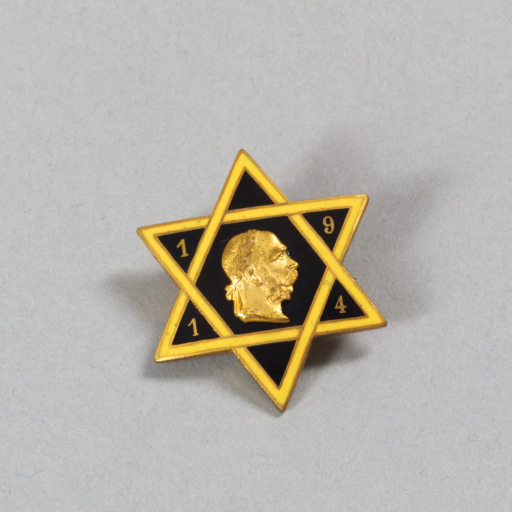The Jewish Museum in Vienna will explore the “grave consequences” for the Jews which came with the fall of the Austro-Hungarian Empire, in a new exhibition this spring.
It will open on the 3rd April 2014 and run until the 14th September 2014.
The Jewish Museum draws attention to the symbiotic relationship between the Jews, who were “the most loyal subjects of Emperor Franz Joseph I”, and the emperor “who guaranteed them legal security and detested anti-Semitism”. The museum will also consider in this context the Jewish response to the outbreak of the war.
Some 350,000 Jewish soldiers served during the First World War, including field rabbis.
The first Field Rabbi conference, held in Trieste on the 6th-7th Febuary 1917, © JMW
The Jewish Museum will consider the lives of soldiers, politicians, rabbis, artists, revolutionaries and pacisfists – including many women. They will be explored through a number of historical sources on display.
They include letters by the Jewish community assuring Emperor Franz Joseph I of their loyalty to him during the conflict; paintings of prominent Jewish figures; memorabilia of Jewish soldiers; and Judaica (Jewish ceremonial art) from Galicia and Vienna.
Digitally mastered black and white photographs from Vienna, Galicia and Jerusalem and journalistic sources will also be on display.
The museum will present these objects in consideration of events during the First World War which impacted the Jews: fighting which devastated the largest Jewish settlement in Galicia; the arrival of approximately 80,00 Jewish refugees in Vienna, which “changed the structure of the community”; and how the conflict “hampered the assimilation of younger generations, who became supporters of Zionism”.
The exhibition will also explore the front in Jerusalem, the theme of pacifism and unrest in 1918/19.From ‘Jüdische Kriegsgedenkblatt’, published in 1914, in which photos and short biographies of fallen Jewish soldiers were released, © JMW
Source: Jewish Museum Vienna press release
Images courtesy of the Jewish Museum Vienna
Posted by: Daniel Barry, Centenary News
